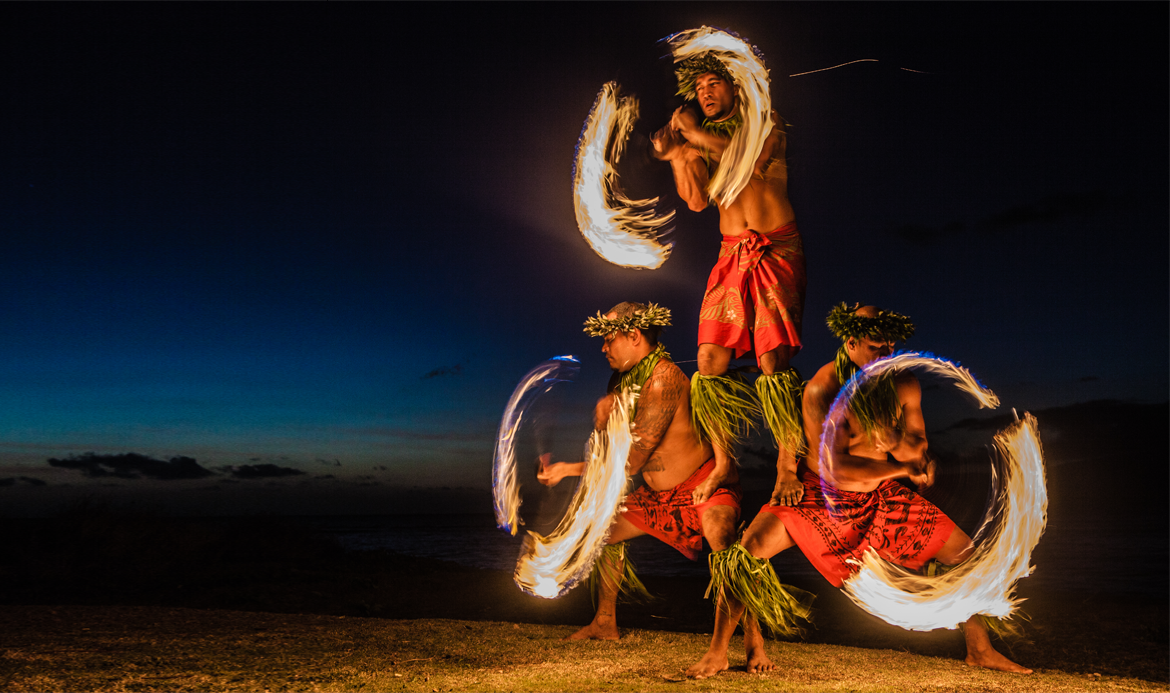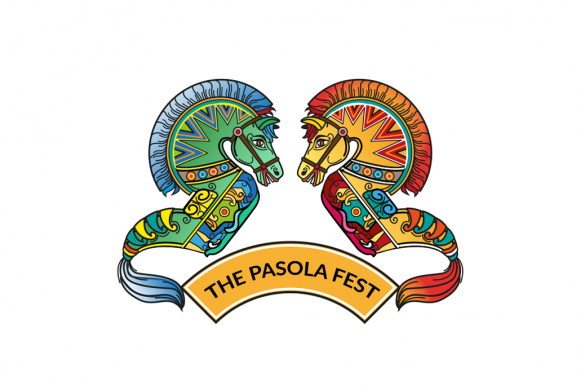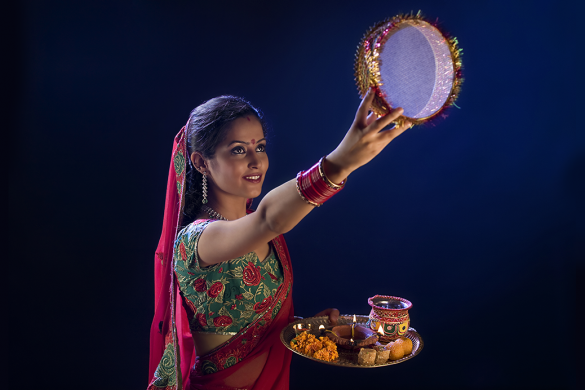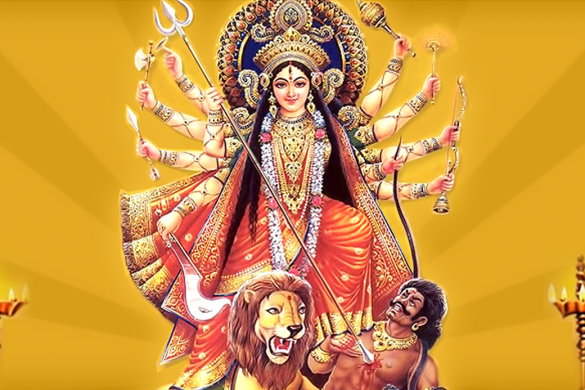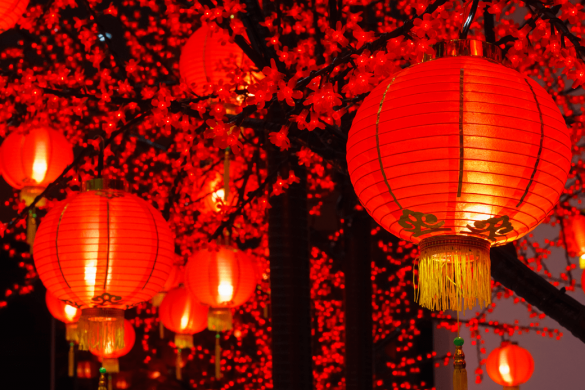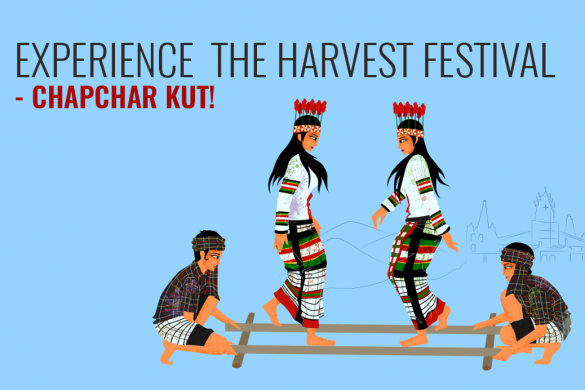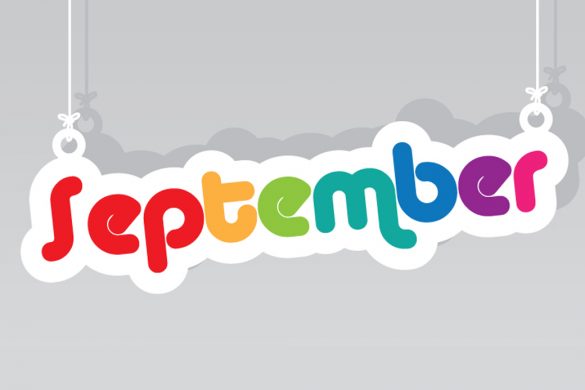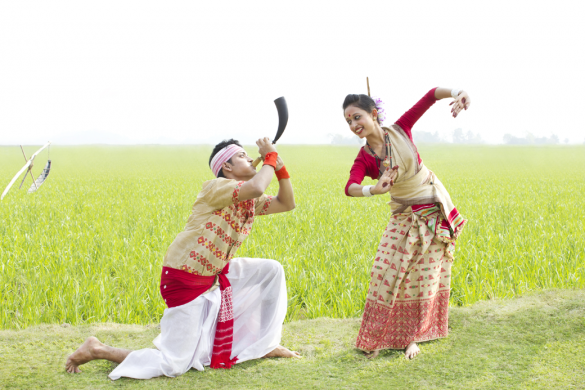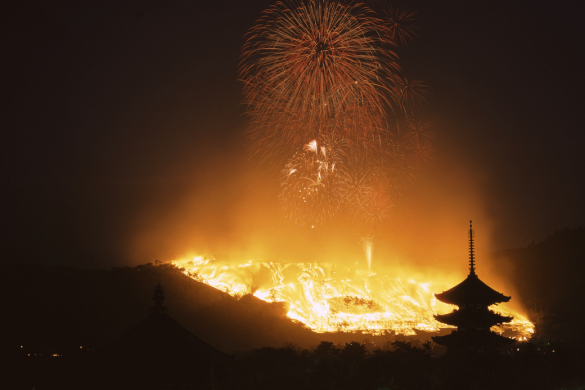The French Polynesia has always been a land big on history and Heiva is the celebration of its past in the most grand, exuberant way possible. Let’s take a look at the how the Heiva festival came about. In the past, British and French captivity over Tahiti led to a crackdown on any kind of traditional song and dance. The Christian missionaries in the 19th century deemed these festivities as erotic and forms of debauchery, causing them to be banned by the king. The French gained back some control of the islands from the British in 1880 and relaxed the rules, giving in to the native’s desire to make merry and have fun.
It was only in 1977 that Tahiti regained greater political autonomy from the French and this led to the organization of ‘Heiva I Tahiti’ in 1985 for the first time. So what does Heiva mean? The term comes from the words hei meaning “to assemble” and ya meaning “community places”. Taken literally, the festival signifies anything cultural, physical and social, involving the entire community. Although, if you strip it down right to its essence, the word Heiva means ‘festival’. In the culture of French Polynesia, singing and dancing doesn’t have the connotations popular culture attaches to it. Dance is one of the oldest and most ritualized form of art and celebration.
It is only now that the islands have fully reclaimed the ability and the right to acknowledge and honour age old customs. In fact, during the fest, you won’t find electronic music or complicated riffs accompanying the dancers. Music is played only using traditional instruments like the ukulele, bamboo nasal flutes, drums and shells. To an outsider, the movements may seem like senseless gyrations, but each movement and each beat tells the history of the land and raises a toast to the mysticism of old.
The main attraction of the festival is are its songs and dance shows. The dancers each wear costumes more elaborate than the other. The female dancers wear yards of fine white bark, beaten into submissiveness, gathered around the waist and circling around the shoulders. Their torsos are covered with colourful feathers and they wear their hair tightly knotted into braids. In contrast to their elaborate costumes, the men wear simple bark-cloth ties around their waist and no headpiece. At first glance and even after the millionth, one’s eyes don’t tire of looking at the dancers clad in earthy tones of barks, seeds and blades of grass juxtaposed with the most vivid flowers and feathers.
As the time has passed, the costumes have changed and women wear more flowy skirts and midriff bearing costumes. The motifs, patterns and colours of the costumes are carefully chosen by the designer according to the symbolism, meaning of the performance and the story it is trying to convey. At its very core, Heiva is a festival showcasing a sea of colour rife with cultural importance and an extravaganza which is fresh in everybody’s mind till the next one dawns upon them once more!
